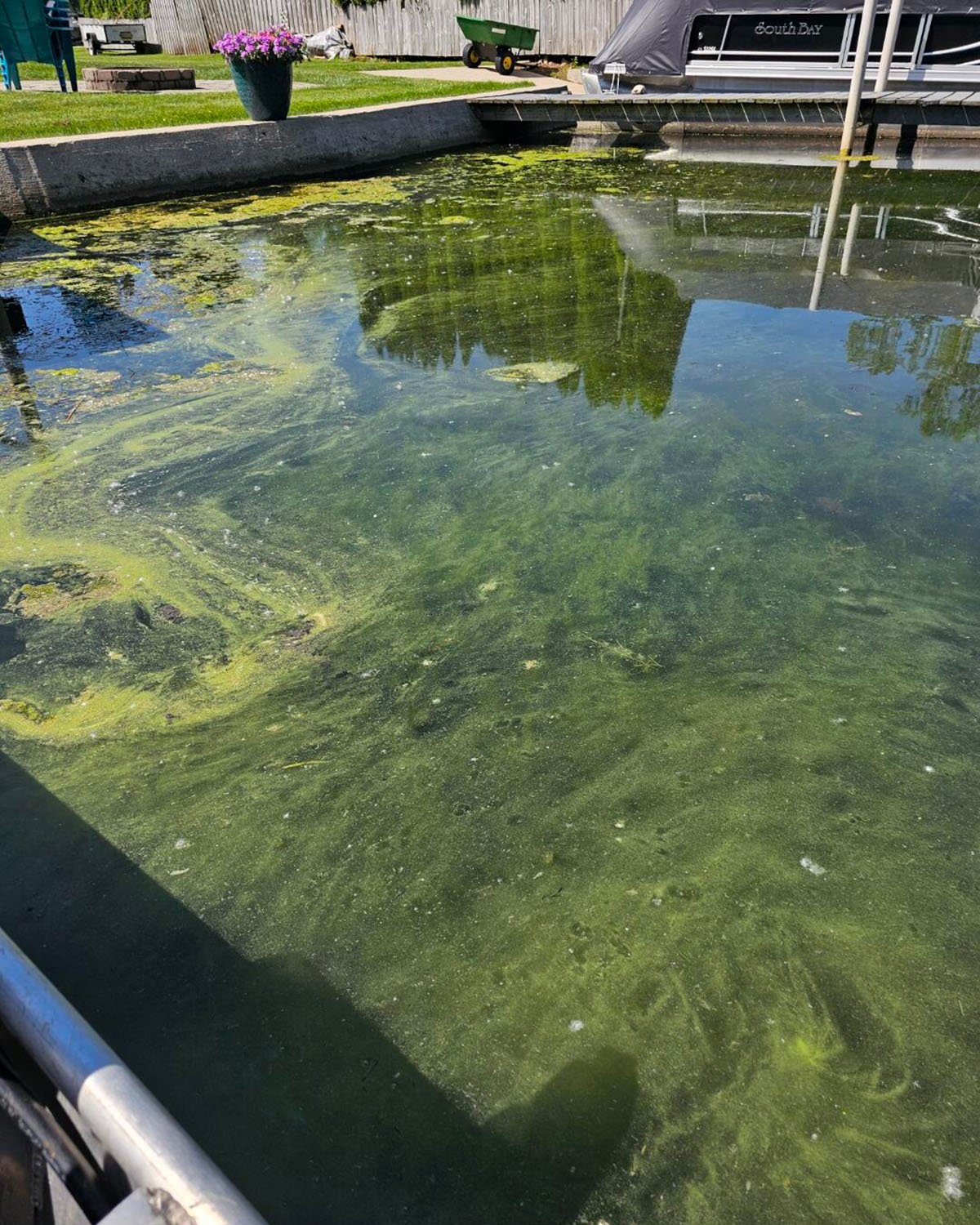PFAS in Kosciusko County: What You Need to Know About Local Water Quality
So, you’ve heard of PFAS, the ‘forever chemicals’—but what does that really mean for the water quality in Kosciusko County? At the Lilly Center for Lakes & Streams, one of our main goals is to study and protect the county’s waterways. Lately, one growing concern for local freshwater bodies is the presence of PFAS. These synthetic compounds, known as per- and polyfluoroalkyl substances, are often called ‘forever chemicals’ due to their ability to persist in the environment. With over 3,000 different types, PFAS are valued for their water- and grease-repellent properties, as well as their resistance to high temperatures. This makes them ideal for use in products like cookware, textiles, cosmetics, firefighting foams, and electronics—just to name a few. Recently, new tests and studies have brought PFAS into the spotlight, raising important questions about their impact.

Understanding PFAS: Origins, Exposure, and Health Risks
Discovered in the 1940s, PFAS have been continuously redeveloped over the years. As the nickname suggests, PFAS do not break down naturally, allowing them to persist and accumulate in the environment for extended periods. PFAS are widespread globally. They are found not only in manufactured products but have also been detected in the blood of both humans and animals. Ongoing research by government agencies, academic institutions, and independent scientists continues to examine the health implications of PFAS exposure. Several potential risks have already been identified, including an increased risk of thyroid disease and certain cancers, elevated cholesterol levels, and negative effects on fertility and fetal health in pregnant women.
PFAS also infiltrates the soil, water, and air. This contamination occurs through various pathways, including the manufacturing, use, and disposal of PFAS-containing products. Specific sources of environmental release include industrial emissions, fire suppressant foams, wastewater, biosolids (nutrient-rich organic materials generated as byproducts of wastewater treatment), and landfills.
Humans are most commonly exposed to PFAS through diet and drinking water. However, exposure can also occur via inhalation of PFAS-contaminated dust particles. PFAS cannot be absorbed through the skin; They only enter the body by consumption or breathing. Those working in the manufacturing of products that utilize PFAS compounds are at a higher risk of exposure which may lead to serious health conditions.
"
PFAS do not break down naturally, allowing them to persist and accumulate in the environment for extended periods.
— Lilly Center for Lakes & Streams
PFAS Testing and Monitoring in Kosciusko County
Among the various routes for PFAS contamination, the most common is through drinking water. In Kosciusko County, Indiana American Water is testing local drinking water sources for PFAS. Their 2023 Water Quality Report indicates that the two most frequently detected PFAS compounds—Perfluorooctane sulfonic acid (PFOS) and Perfluorooctanoic acid (PFOA)—were not found in the samples.
In addition to the testing efforts by American Water, the Indiana Department of Environmental Management (IDEM) is also overseeing the monitoring of PFAS levels. IDEM’s Community Water Systems Sampling Project is carried out in multiple phases, each targeting a specific location. Phase 5, which is expected to be completed in the spring of 2025, will include PFAS testing at schools and daycare centers. Phase 3 of the sampling project found no PFAS in the water treated by Indiana American Water. However, PFAS was detected in Hidden Lake, an untreated water source located on the northwest side of Warsaw. The data shows that PFAS levels in Hidden Lake are below the Environmental Protection Agency’s (EPA) acceptable threshold.

IDEM's Community Water Systems Sampling Project
The Indiana Department of Environmental Management’s sampling project is ongoing. Click the link below to read the results of each phase of the project.
Federal Standards and Local Response to PFAS
The EPA recently established The National Primary Drinking Water Regulation (NPDWR), which sets standards for public water systems. The NPDWR outlines Maximum Contaminant Levels (MCLs) for six common PFAS compounds found in drinking water. Hidden Lake’s PFAS levels are below the NPDWR standards, meaning that the PFAS is not at a harmful level.
At the Lilly Center, we are committed to safeguarding the health of the lakes and streams in Kosciusko County. Based on the current available data PFAS does not pose a threat to our cherished water bodies due to its exposure and accumulation pathways. However, PFAS compounds and its persistence in the environment and potential health risks highlight the need for continued research and testing. Efforts from local, state, and federal agencies all play important roles in mitigating exposure. Our team will continue to monitor the work of Indiana American Water, the EPA, and IDEM, as it relates to the health of our lakes and streams.

BLUE-GREEN ALGAE NOTIFICATIONS
Supported by the K21 Health Foundation and the Kosciusko County Convention, Recreation, and Visitor Commission, the Lilly Center conducts weekly sampling on lakes and public beaches throughout Kosciusko County. Samples are processed in the Lilly Center’s lab, and results are posted to our website each Friday, beginning May 23rd.